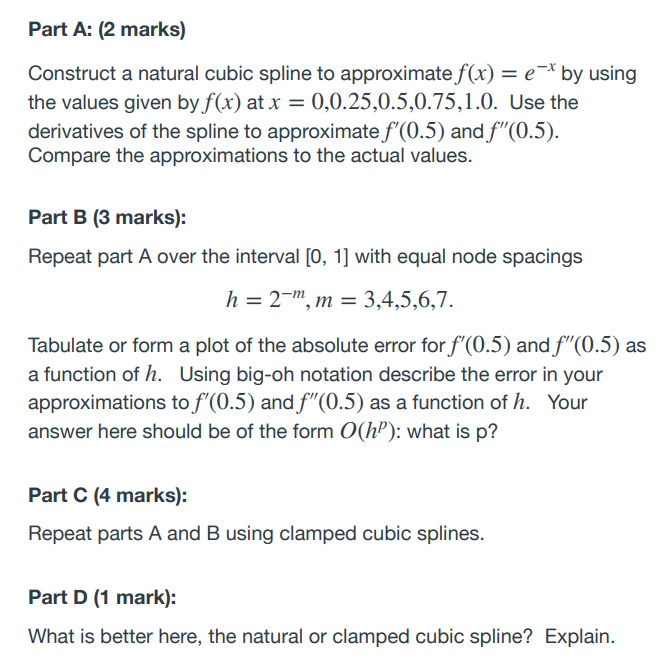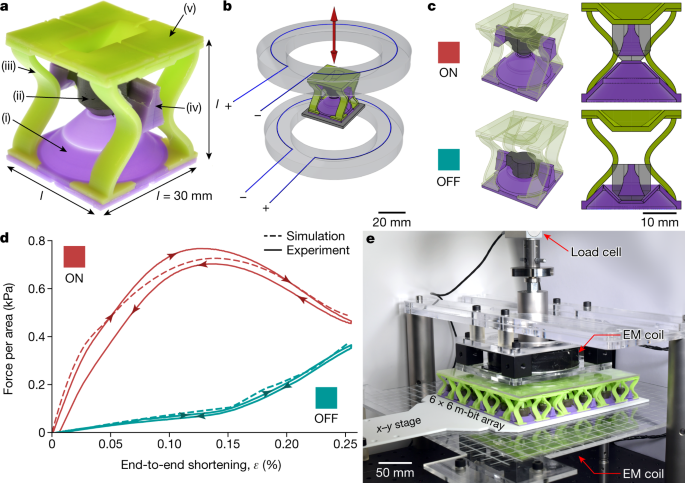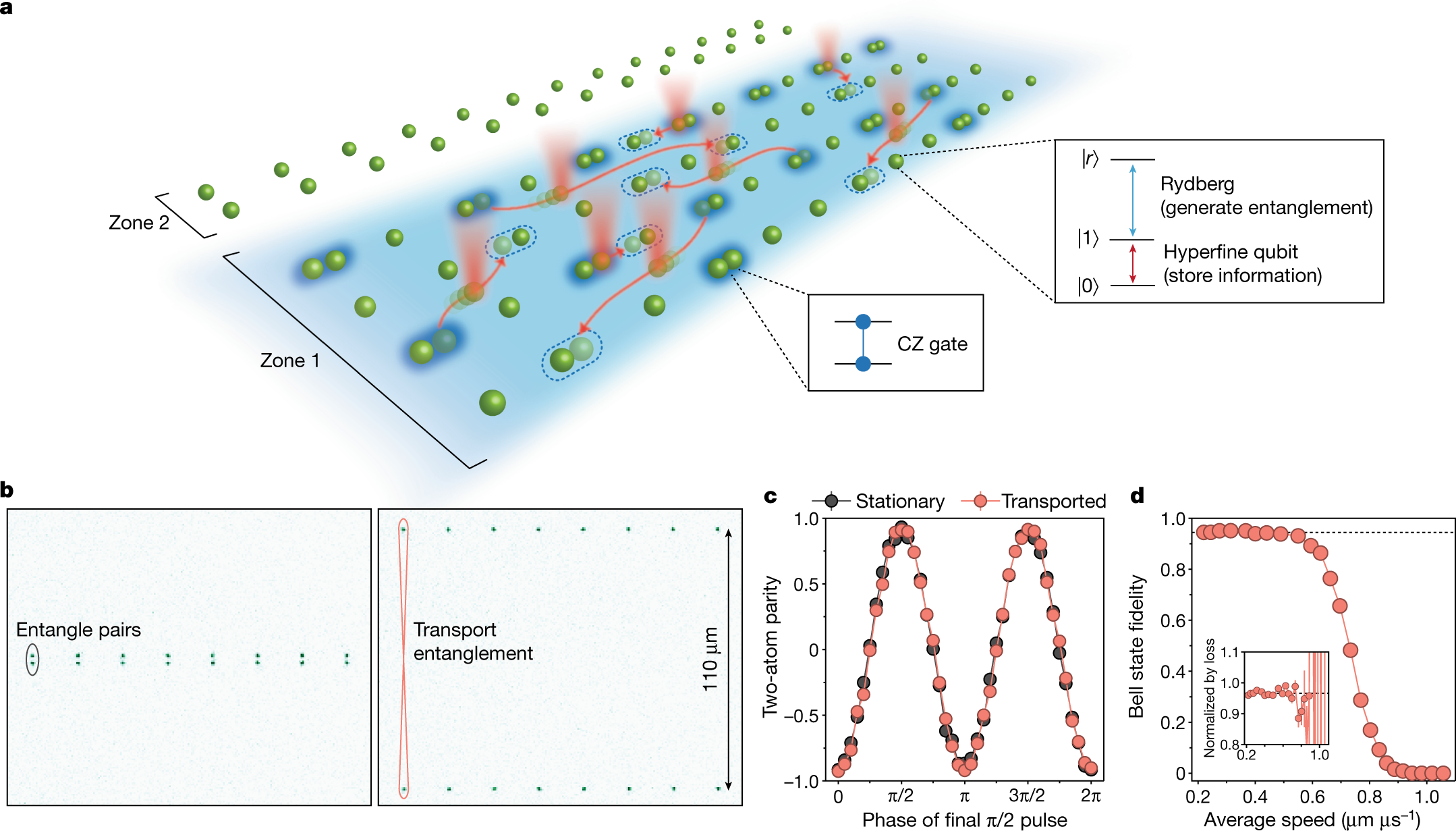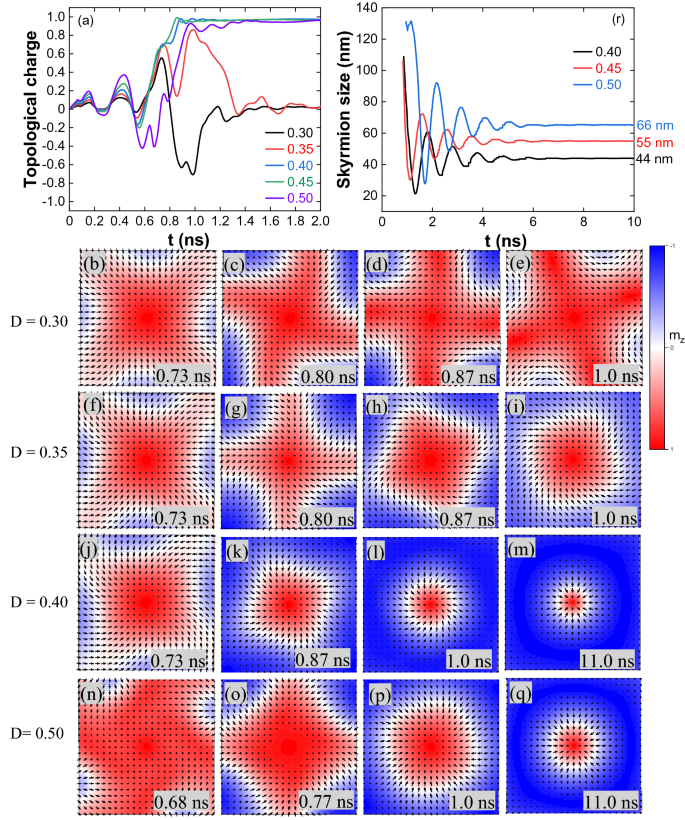
Isolated skyrmion, skyrmion lattice and antiskyrmion lattice creation through magnetization reversal in Co/Pd nanostructure | Scientific Reports

Problem 10. A copper wire of diameter 1.0 mm carries a current of 0.2 A. Copper has 8.4times 10^{28} atomsper cubic metre. Find the drift velocity of electrons, assuming that one charge

2014 Pearson Education, Inc. Chapter 1 Matter, Measurement, and Problem Solving Clicker Questions Allison Soult University of Kentucky. - ppt download

a) Estimate the average drift speed of conductin electrons in a copper wire of cross sectional area 1.0xx10^(-7) m^2 carrying a current of 1.5 A. Assume that each copper atom contributes roughly

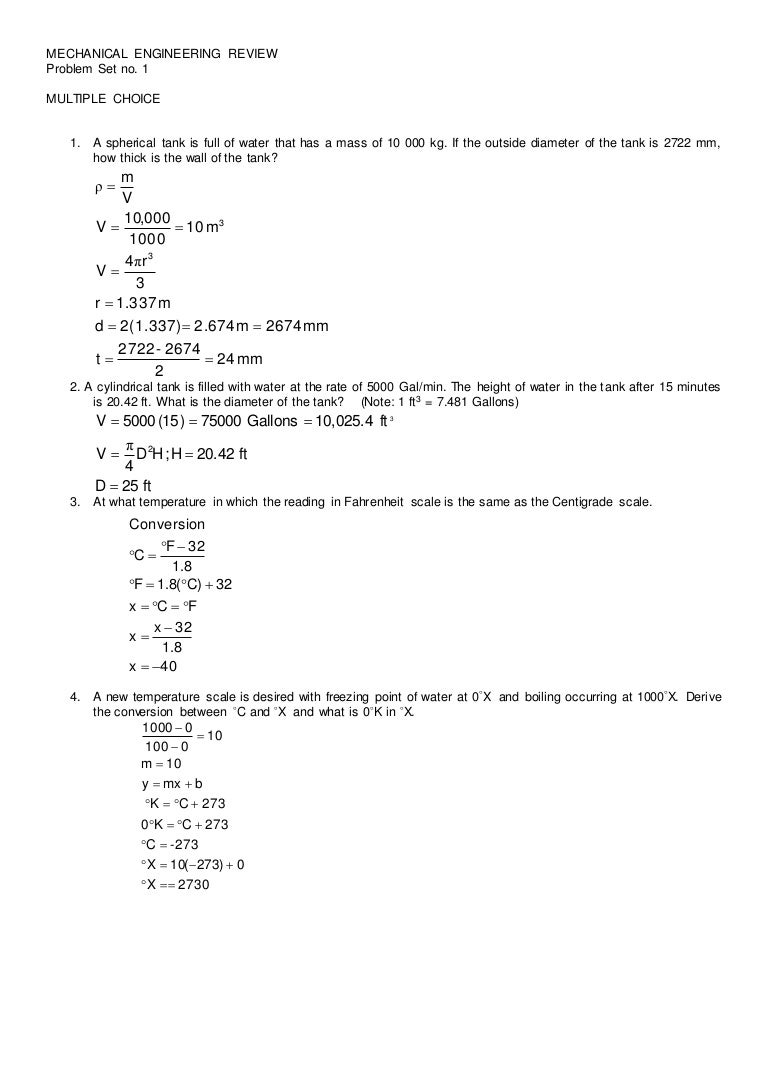
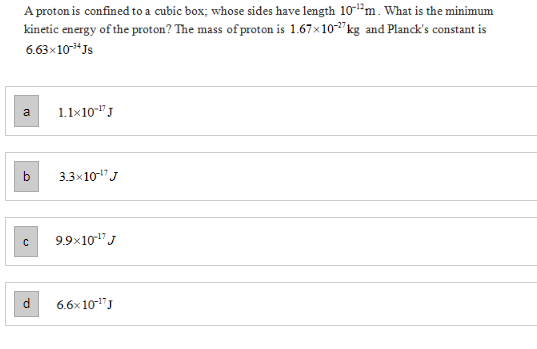
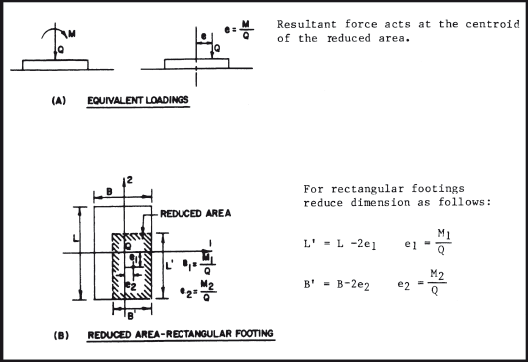
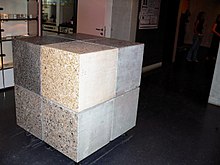

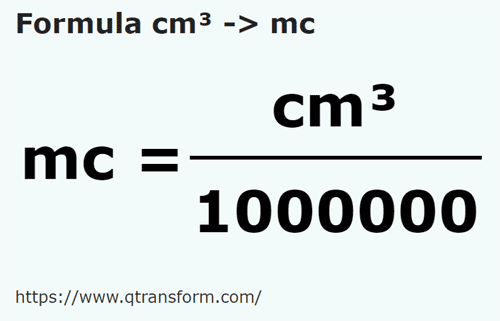


/various-lab-glassware-535640065-59344a403df78c08ab310154.jpg)
